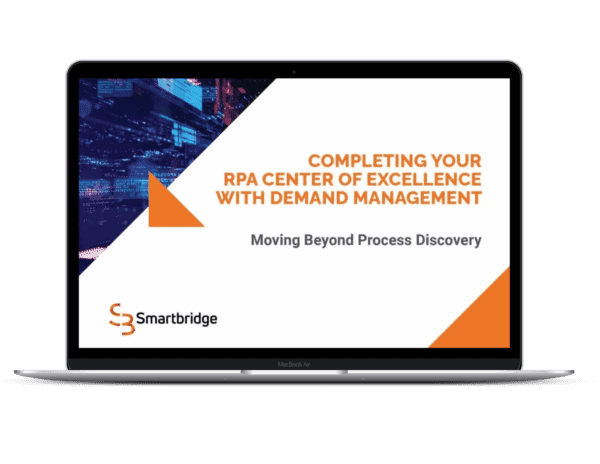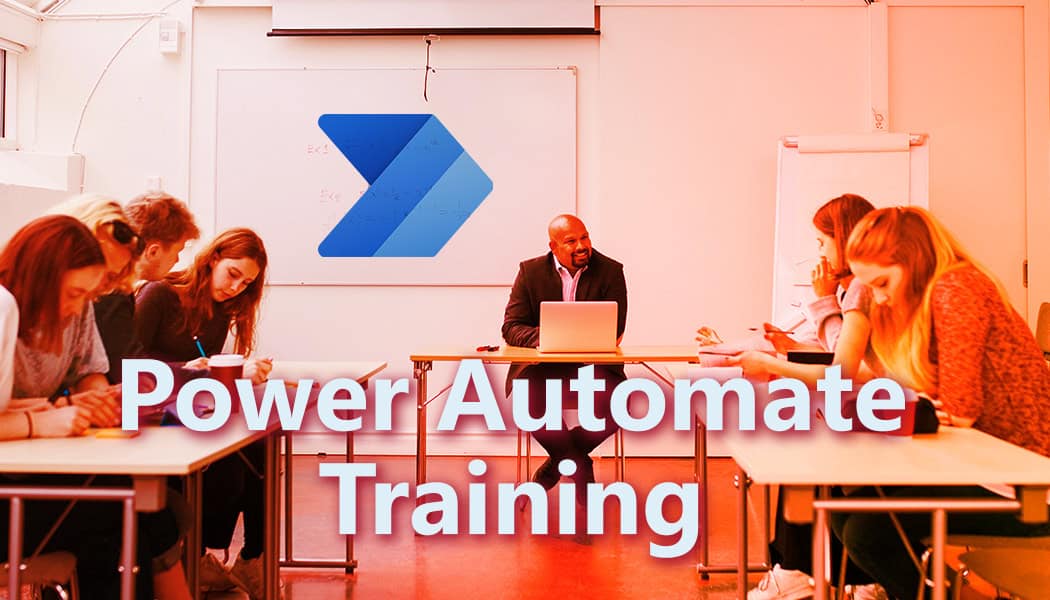Starting Your Automation Center of Excellence
Establishing a Center of Excellence (CoE) helps embed automation effectively into an organization and redistributes accumulated knowledge and resources across various business units for future deployments. While starting your automation CoE models, here is the information your team needs to know.
The Right CoE Model for Successful Governance
Regardless of its task, a robot’s essential job is to make the company vision come true. To realize this vision, businesses should establish an internal, self-sustaining and scalable RPA CoE to run and maintain their digital workforce.
Developing an RPA Center of Excellence is an important step in establishing a foundation for automation in your business. Organizations must treat RPA as an enterprise capability/entity and resist the temptation to make quick wins by implementing automation silos that only bring short-term benefits. To do this correctly, there are five core focuses in the process that must be assessed and established while making this development.
Opportunity Assessment
Off the bat, an organization needs to assess the opportunities of automation within their business processes. Through intelligent and data-driven automation capabilities, assisted RPA bots have the capability to assist with this milestone if the opportunity is a viable option. In our article regarding RPA and Business Process Analysis, not every process in the business is right for automation. To ensure your team isn’t “spinning their wheels” in this area, here are some practical guidelines to abide by when building your RPA CoE model:

Robotic Readiness
Ample time needs to be spent preparing your organization for the incoming bots. Developing an understanding that these digital helpers are not here to take their jobs will further establish a mindset of innovation. At the same time, the bots themselves need to be adequately trained. So how do you on-board the virtual workforce?

Delivery and Support
Your agile team needs to anticipate unexpected occurrences during the development and implementation process. Developers who are proficient in lateral thinking play key roles in the process. While a tech background is important, experience in the process/application being automated is also important. So how should your team manage changes, and who should be in charge of managing them?

Demand Management
Among what we have identified as 8 components to a successful CoE, the 2 components that have tripped up stakeholders of all shapes and sizes are Demand Management and Governance.
Why Demand Management and not just Process Discovery?
When looking for high-value automation opportunities, people will usually begin with process discovery. The two leading vendors of RPA products, UiPath and Microsoft Power Automate, both agree that process discovery (or process mining) is a critical enabling technology for digital transformation. In fact, they both have developed intelligent tools to use AI and machine learning to analyze and consolidate workflow recordings and quantify their value and potential for automation. The challenge comes when you have identified a list of automation candidates. What discovery fails to take into consideration is the roles, responsibilities, ROI analysis, prioritizing, sequencing, approvals, and backlog reviews. Process discovery is just the beginning.
We wrote the playbook on Demand Management
In our years working in RPA, we have developed a deeper understanding of the process discovery in our approach to demand management.
We’re happy to preview a slice of our playbook with you here, or review the entirety of the RPA CoE Demand Management playbook in a one-on-one discussion.
Governance
Governance ties in with support and is the encompassing lifeline of your RPA CoE. Governance in practice stays within an organization and consists of champions that oversee the entire process. These team members do not have to be IT specialists, but they must stay informed of all RPA implementations in the business and have a thorough knowledge of the processes being automated.

RPA Enablement
Most successful RPA implementations establish teams consisting of strong leads. These may include business analysts who can map and analyze processes to identify automation opportunities, and developers who are proficient in RPA integrations. The big question at the end of the day is: “How can RPA be enabled in a business process?” Meaning, when your team is moving into the implementation phase, what is the best way to begin?
Where to Go From Here
Smartbridge’s digital transformation and RPA specialists have extensive experience in building CoEs for businesses to scale up their RPA capabilities. We help seed the CoE within the processes and practices being automated and assist in ramping up skills and people through education. We will facilitate your organization with the following:
Smartbridge can be the partner you’re looking for. Our RPA specialists will lead you through your automation journey to create a future-state automation start to finish strategy and road map. Through proper education, assessments, and even education, we carefully place you on a journey that creates market differentiation relative to your competition. Explore our RPA experience through our partnerships and resources below:
Looking for more on Automation?
Explore our latest RPA insights:
There’s more to explore at Smartbridge.com!
Sign up to be notified when we publish articles, news, videos and more!
Other ways to
follow us:








